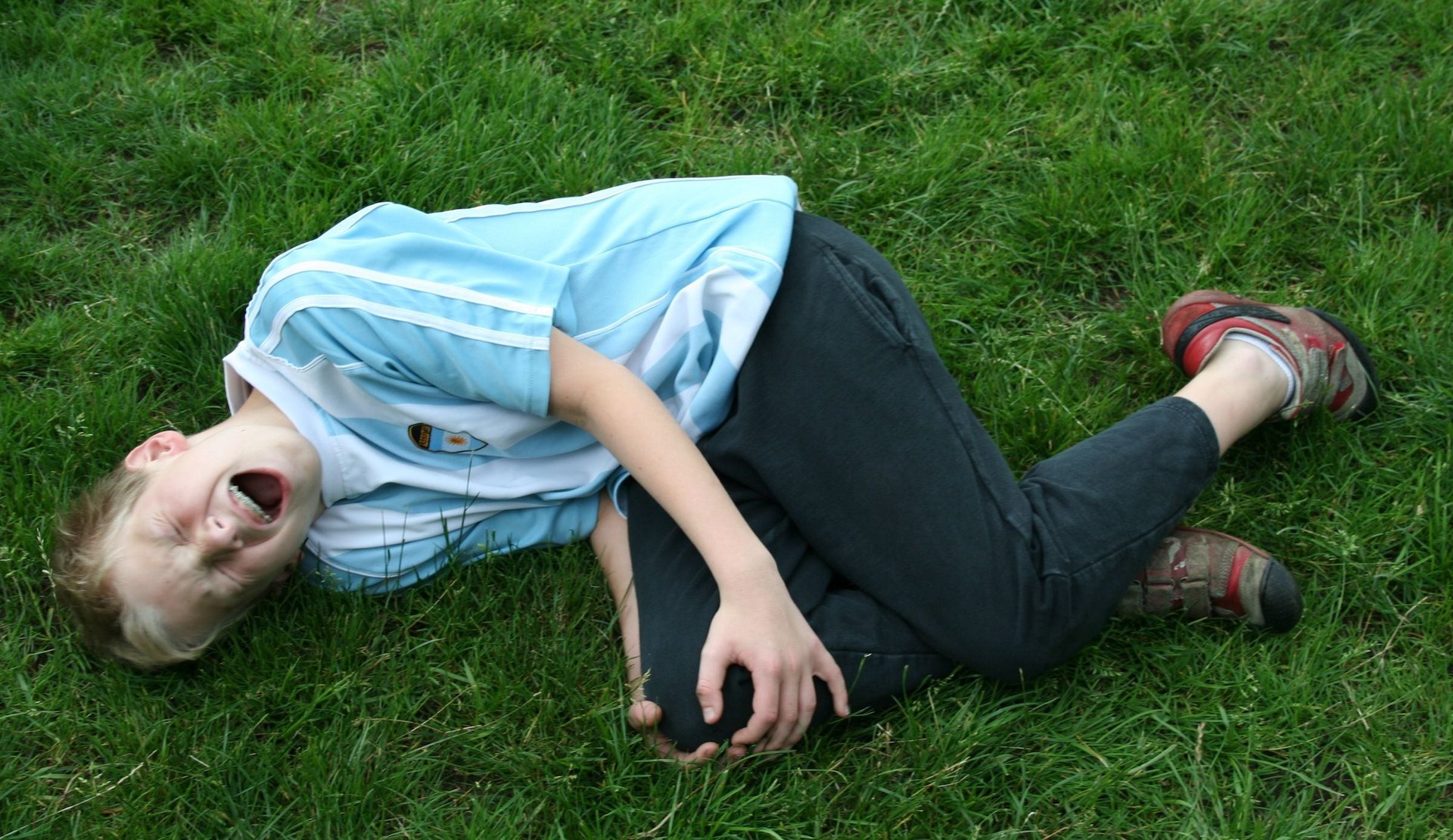Rich kids are more likely to hurt themselves at sports
Children from American families that can afford private insurance are 60% more likely to be treated for serious sports injuries than those on Medicaid, a recent study has found.


Children from American families that can afford private insurance are 60% more likely to be treated for serious sports injuries than those on Medicaid, a recent study has found.
This finding ties back to an earlier conclusion from the same study that linked higher serious-injury rates to kids playing a single sport. The new results seem to indicate that wealthier children get a disproportionate amount of injuries, because they’re the ones who can afford to do serious sports training.
Sports cost money, especially at a high level. Competition fees are expensive, and more competition means more travel. Also, the serious child athlete is likely to need better quality gear, and will wear it out more frequently. That’s before factoring in private lessons. “Having the financial resources to afford such costs may provide increased opportunities for young athletes to participate in a single sport,” said lead researcher Dr. Neeru Jayanthi in a prepared statement.
Jayanthi is a pediatrician specializing in sports medicine at Loyola University in Chicago. Jayanthi looked at 1,121 insured children with sports-related injuries taken from a larger sample at two hospitals in Chicago.
Among them, 213 were on public insurance, and the rest had private plans. Only 17 (8%) of the children on public plans had serious injuries. This is compared to the 118 (13%) of the 908 kids with private insurance. And these injuries weren’t just scrapes and bumps: Some of the young athletes had suffered stress fractures to their back and limbs, ligament damage, and breaks in the delicate end pieces of their growing bones.
Of course, some caveats apply to this finding: It’s a relatively small study, and one where the sample sizes are lopsided. And it’s difficult to control for whether there is a bias to over-treat more affluent kids (or more insidious, under-treat those on public insurance). There may indeed be a subtle inclination to give kids on private plans more attention, Jayanthi tells Quartz. But the children in his study are repeat customers to the clinics, he says, where treatment isn’t likely to be influenced by payer type.
“We took a representative sample,” Jayanthi says, but he adds that this study is just a first step. He is planning a pilot study later this summer, which he hopes will lead to a larger study looking at how sports participation varies by socioeconomic status.
Still, his findings so far offer more evidence for a concern that youth sports experts have expressed for some time now: Child athletes are suffering more sports injuries, including those related to overuse.
Jayanthi’s study offers some ways to reduce injury. First among them is to decrease the amount of hours the child plays a specialized sport per week. Another is to diversify a child’s play: In his study, both publicly and privately insured children spent on average the same number of hours practicing a formal sport. But those on public insurance spent about two hours more a week in unstructured, free play—which may have reduced their injury rates.
The study offers a couple of easy-to-remember formulas to prevent children’s sports injuries: Children should not spend more than twice as much time playing organized sports as they spend in unstructured play, Jayanthi suggests. And children should not practice sports for more hours per week than their age. So resist the temptation to tack an 11th hour of practice to your 10-year-old’s tennis regime.